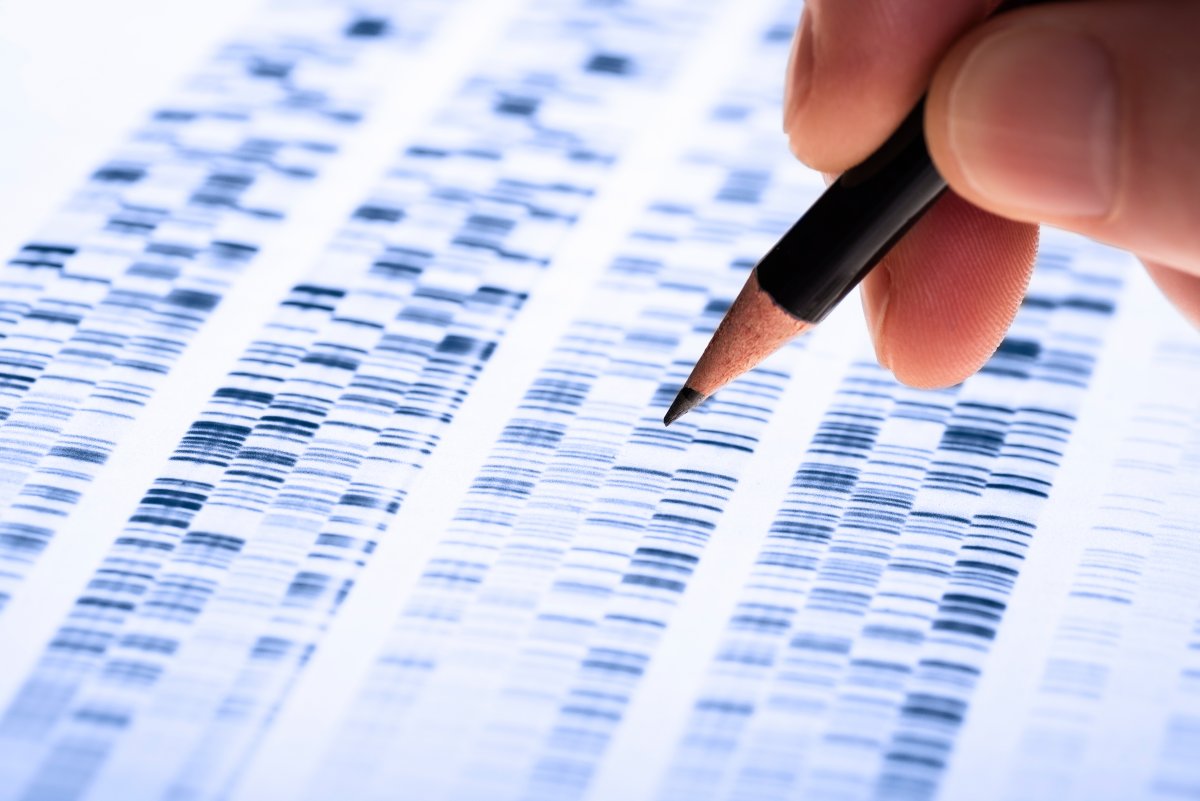Scientists have presented a new DNA map, known as the pangenome, which reflects the genetic diversity of the human genome. They analysed the complete DNA of 47 individuals, including people from Africa, Asia and Native American populations, over 10 years to create the map. With the DNA of an additional 300 people from around the world to be added, the pangenome is designed to show evolutionary hotspots and can identify rare diseases more accurately. The new pangenome was created using two new technologies. A sequencing machine that reads long sections of DNA and a genome assembly process using computational tools were used to create the map.
A genome is the complete set of an organism’s genetic material. The genomes of different people are largely similar, but small differences make us all unique. There are hundreds of thousands of these differences, down to a single letter of DNA – a base. The pangenome observes these differences in more detail than ever before by mapping out individual genomes, which helps spot base-sequence-reversed, deleted and duplicated genes. This type of observation cannot be achieved using conventional studies.
The current reference genome, first drafted in 2001, only captures one possible genome configuration and is missing many parts. Other people possess some missing portions that cannot be analyzed using the reference genome, causing researchers to call the problem “reference distortion”. Officials at the National Institutes of Health hope the new update will make genetic research “fairer” as differences in the reference genome can lose vital information about genetic analysis.
The pangenome is not finished and will never be finished. As every person has a unique genome, the pangenome will always be incomplete. Computational biologist Erik Garrison said: “Every population and every generation could have its own pangenome.” The pangenome is still in the draft stage and is based on a mathematical concept, which uses a graph as a giant version of a connect-the-dots game.


